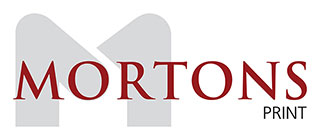Trinity Mirror’s regional titles are preparing for their most comprehensive local election coverage to date.
Coverage will include live blogs, totalisers, interactive maps and more in most centres, capping Trinity Mirror’s regional election coverage, which has aimed to inform and engage local voters like no other media can.
A key component of the coverage will be a real-time results service running across all regional titles from the thousands of local council counts on Friday afternoon.
The majority of regional websites – including the Manchester Evening News, Birmingham Mail, Liverpool Echo and WalesOnline – will have a live rolling blog through Thursday night and into Friday. Blogs will feature the latest gossip, trends, results and aim to entertain the audience.
Social media editors will be part of the teams working through the night making sure titles are listening to and responding to their audience and providing the content that they want. And if readers do go to sleep overnight, everything they need to know will be there first thing in the morning.
With many readers expected to be ‘second-screening’ with televisions, the coverage has been optimised for mobile phones.
Trinity Mirror’s pre-election coverage has been driven by a number of Group-wide projects, including the publishing of manifestos based on the views of more than 18,000 readers.
FindMySeat, an online tool providing a wealth of official statistics and commentary for every constituency in the country, also proved popular, and a spike in hits is expected on Thursday.
Neil Benson, editorial director, Trinity Mirror regionals, said: “The majority of readers placed local issues at the top of their voting agenda in our Manifesto project, so it’s clear there’s real appetite for in-depth local election coverage.
“We know from the last election that people often struggle to find detail about their local election counts, and that’s where we’ll be on hand with real-time, in-depth shareable content.
“Our reporters are really looking forward to providing unique insight from local counts, and engaging with readers in two-way conversations.”





